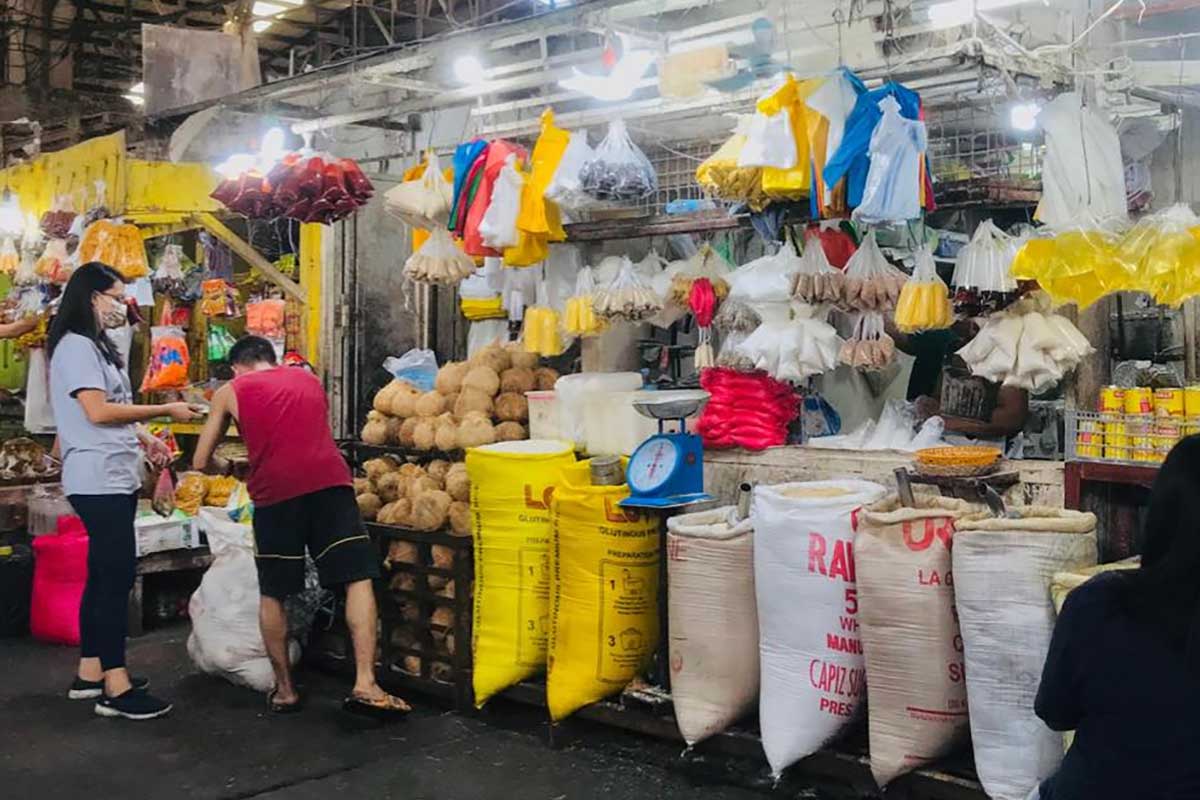
By Joseph B.A. Marzan
Inflation or the rate of increase in the prices of goods and services in Western Visayas across all commodities rose by 1 percent in May 2022, according to the latest Summary Inflation Report released by the Philippine Statistics Authority (PSA) on Tuesday, June 7.
The latest PSA data indicated that the regional inflation rate was at 5.9 percent in May, up from 4.9 percent in April 2022.
The increase was observed as the region gradually emerges from the economic effects of the COVID-19 pandemic and the successive increases in fuel prices amid the war between Russia and Ukraine and global inflation.
On a per-commodity basis, transport saw the biggest inflation jump by 3.8 percent to 14.2 percent in May from 10.4 percent in April.
Inflation in all commodity groups also increased in May against their April rates, including:
-Food and Non-Alcoholic Beverages – 6.6 percent (from 5.4 percent);
-Alcoholic Beverages and Tobacco – 8.8 percent (from 7.8 percent);
-Clothing and Footwear – 2.0 percent (from 1.8 percent);
-Housing, Water, Electricity, Gas, and Other Fuels – 4.0 percent (from 3.6 percent);
-Information and Communication – 1.2 percent (from 1.1 percent);
-Recreation, Sport, and Culture – 3.3 percent (from 3.2 percent);
-Restaurants and Accommodation Services – 4.4 percent (from 4.2 percent); and
-Personal Care, and Miscellaneous Goods and Services – 3.2 percent (from 2.9 percent).
Only the Furnishing, Household, Equipment, and Routine Household Maintenance commodity group posted a drop at 2.2 percent in May from 2.4 percent in April.
The health commodity group (1.7 percent) and Education Services (4.3 percent) retained their rates in the past two months.
On selected food items’ inflation rates, the group of Vegetables, Tubers, Plantains, Cooking Bananas and Pulses posted the highest jump in the region at 16.1 percent in May from 12.1 percent in April.
Other food groups also increased their respective regional inflation rates, namely:
-Rice – 2.7 percent (from 2.1 percent);
-Corn – 28.4 percent (from 27.4 percent);
-Flour, Bread and Other Bakery Products, Pasta Products, and Other Cereals – 5.8 percent (from 4.9 percent);
-Meat and Other Parts of Slaughtered Land Animals – 11.1 percent (from 10.2 percent);
-Fish and Other Seafood – 6.5 percent (from 4.5 percent);
-Milk, Other Dairy Products, and Eggs – 1.8 percent (from 1.3 percent);
-Oils and Fats – 7.8 percent (from 6.7 percent);
-Fruits and Nuts – 8.1 percent (from 7.1 percent);
-Sugar, Confectionery and Desserts – 10.5 percent (from 8.6 percent); and
-Ready-Made Food and Other Food Products – 3.5 percent (from 3.3 percent).
Western Visayas’ May 2022 inflation rate is higher than that of the National Capital Region or NCR (4.7 percent) and the average rate for Areas Outside NCR (5.5 percent).
It is also the fifth-highest rate in the country after Cordillera Administrative Region (6.9 percent), Central Luzon (6.7 percent), Davao Region (6.4 percent), and Eastern Visayas (6.3 percent).
The average national inflation rate is at 5.4 percent, which the Bangko Sentral ng Pilipinas (BSP) said on Tuesday was well within its forecast range of between 5.0 percent to 5.8 percent.
The BSP in its press statement also said that the inflation rate has continued to be driven by supply-side factors amid volatile global commodity prices, as well as supply chain disruptions.
“The resulting year-to-date average inflation of 4.1 percent is above the Government’s average inflation target range of 2.0-4.0 percent for 2022. On a month-on-month seasonally adjusted basis, inflation eased to 0.5 percent in May from 1.0 percent in April,” the BSP said.
The rise in headline inflation was due largely to faster increases in the prices of food and transport. The main contributors to the increase in food inflation are meat, fish, and vegetables albeit most food commodities also posted higher year-on-year inflation in May relative to the previous month.
Non-food inflation also went up due mainly to the increase in gasoline and diesel prices which, in turn, more than offset the reduction in electricity rates and prices of liquefied petroleum gas during the month.



















